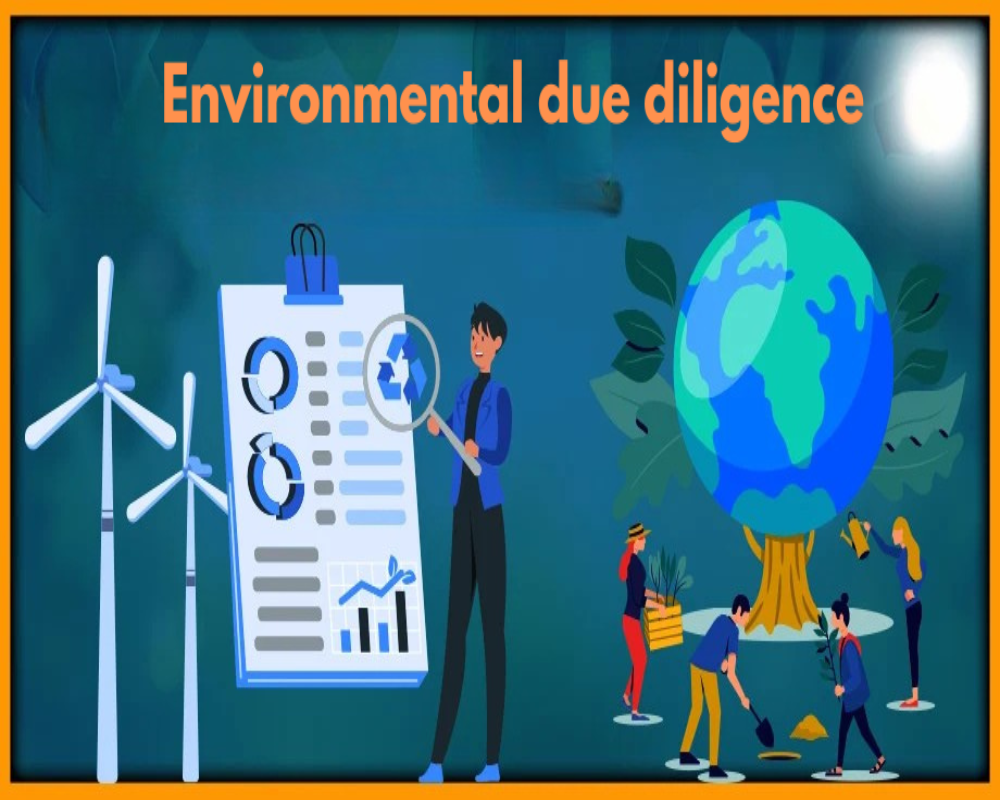Introduction
Environmental due diligence is a critical investigative process undertaken before the acquisition of a property, aimed at assessing potential environmental liabilities and ensuring compliance with environmental regulations. Before purchasing a site—particularly for commercial, industrial, or large-scale development purposes—it is essential to understand the environmental condition of the land. This not only influences the financial viability of a transaction but also protects the buyer from inheriting unforeseen liabilities related to soil contamination, groundwater pollution, or hazardous materials. In a regulatory landscape where environmental accountability is rigorously enforced, environmental due diligence has become an indispensable component of prudent land acquisition.
Purpose and Importance of Environmental Due Diligence
The primary purpose of environmental due diligence is to uncover current or past environmental issues that could result in regulatory violations, costly remediation, or limitations on land use. When contamination or compliance violations go undetected, a new owner can become legally responsible for cleanup, even if the environmental damage occurred under a previous owner’s watch. This liability can be substantial, with cleanup costs often reaching into the millions for industrial or polluted sites.
Beyond identifying liabilities, environmental due diligence provides valuable insight into whether a property is suitable for its intended use. For instance, a site planned for residential development must meet far stricter environmental safety standards than one intended for a logistics hub or warehouse. Due diligence ensures that the land can legally and safely support the proposed project without triggering delays or regulatory intervention.
Scope of Environmental Due Diligence
The due diligence process begins with a comprehensive review of the site’s historical and current uses, as well as those of neighboring properties. This involves examining public records, reviewing aerial imagery, analyzing historical ownership, and identifying potential risk factors such as proximity to gas stations, manufacturing facilities, or landfills. A critical document in this process is the Phase I Environmental Site Assessment (ESA), which serves as the foundation for determining whether further investigation is necessary.
Phase I ESA includes site reconnaissance, regulatory database reviews, interviews with current and past occupants, and historical research. If the Phase I ESA identifies recognized environmental conditions (RECs)—indicators that contamination may exist—then a Phase II ESA is recommended. Phase II involves collecting and analyzing soil, groundwater, or air samples to confirm or rule out the presence of contaminants. In more complex cases, a Phase III ESA may follow, focusing on developing and executing remediation plans for identified pollution.
This staged approach ensures that assessments are both thorough and tailored to the actual risks, thereby avoiding unnecessary testing and expense while still fulfilling legal and practical obligations.
Legal and Regulatory Context
Environmental due diligence is not just a best practice—it is often a legal necessity. Under federal laws such as the Comprehensive Environmental Response, Compensation, and Liability Act (CERCLA), buyers can be held liable for contamination found on a site after acquisition, regardless of whether they caused it. However, proper due diligence may offer protection under the “innocent landowner” defense if it can be shown that the buyer made all appropriate inquiries and acted responsibly.
In addition to federal standards, most jurisdictions have environmental protection laws that impose strict liability for landowners, often requiring the disclosure and remediation of known contaminants before development or transfer can proceed. Local zoning, water use, and waste disposal regulations also influence the environmental due diligence scope and process.
Impact on Transaction and Development Strategy
Findings from environmental due diligence can significantly influence the terms of a purchase agreement. If risks are discovered, buyers may negotiate a lower purchase price, request remediation by the seller prior to closing, or seek indemnity clauses to shift potential liabilities. In some cases, discovery of contamination may lead to project abandonment or a shift in development strategy, such as changing the land’s use designation or pursuing public funding under brownfield redevelopment programs.
Moreover, the results of environmental due diligence directly affect lender confidence. Many financial institutions will not fund property purchases without documented environmental clearance. For insurance purposes as well, underwriters typically require proof that a site is free from significant environmental risks or that adequate mitigation strategies are in place.
Conclusion
Environmental due diligence before site purchase is a critical process that safeguards buyers from unforeseen legal, financial, and operational consequences linked to environmental hazards. Through structured investigation, legal compliance checks, and physical testing, due diligence ensures that land is environmentally suitable for its intended purpose and helps buyers make informed, responsible investment decisions. In a development climate increasingly focused on sustainability, public health, and regulatory transparency, environmental due diligence is not just a procedural requirement—it is a strategic imperative for long-term success and accountability in property acquisition.
Hashtags
#EnvironmentalDueDiligence #SitePurchase #SustainableInvesting #RealEstate #EnvironmentalAssessment #DueDiligence #SiteSelection #EcoFriendly #GreenInvesting #PropertyDevelopment #EnvironmentalImpact #Sustainability #LandAcquisition #RiskManagement #EnvironmentalRegulations #SiteAnalysis #CleanEnvironment #ResponsibleInvesting #FutureProofing #ConservationEfforts


